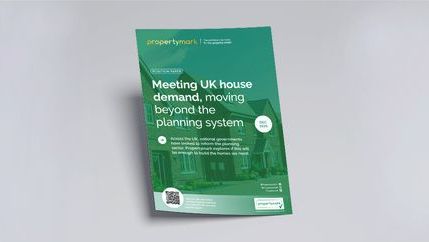
Although we welcome the Government’s focus on improving housing standards and tackling empty homes, the sharp decline in new social housing supply highlights the failure to recognise the vital role played by individual landlords in the private rented sector.
The Government appears to overlook the crucial role of individual private landlords, who supply the bulk of the private rented sector. The burdensome legislation and rent control measures deter these landlords from remaining in the market or investing in improvements.
Record investment, but housing delivery still lags behind
Among the Government’s commitments for 2025/26 is a substantial £768 million budget for affordable housing, supporting the delivery of around 8,000 homes across social rent, mid-market rent, and low-cost home ownership schemes. In the previous year, £600 million was invested, including £40 million dedicated to bringing empty homes back into social use.
However, these investments fall short of the scale of need. Research from the Scottish Federation of Housing Associations (SFHA), Shelter Scotland, and CIH Scotland finds that Scotland must build approximately 15,693 affordable homes per year—nearly double the current output of 8,188 in 2024.
Progress delivers practical gains
Efforts to revitalise unused housing stock are yielding results. The Scottish Empty Homes Partnership reports that 2,066 empty homes were brought back into use in 2024–25—the highest annual total since the Partnership began—and 12,955 such properties have been restored since 2010.
Homelessness rising despite Government's focus
The housing emergency, declared in May 2024, was followed by record-high levels of homelessness and temporary accommodation use. For example, as of September 2024, over 16,000 households, including more than 10,000 children, were living in temporary accommodation—an increase of 6% within 12 months, with average stays of 234 days. Further data for 2023–24 indicates 40,685 homelessness applications—the highest since 2011–12—and over 31,800 open cases, marking a consistent upward trajectory.
Taskforce recommendations overlooked
The Cabinet Secretary referenced recommendations from the Housing Investment Taskforce, including calls for exemptions from rent control for build-to-rent and mid-market housing. However, other key recommendations risk being ignored.
The Taskforce also urged a review of property taxes, arguing that reducing them could improve mobility on the housing ladder and lower the cost of renting.





